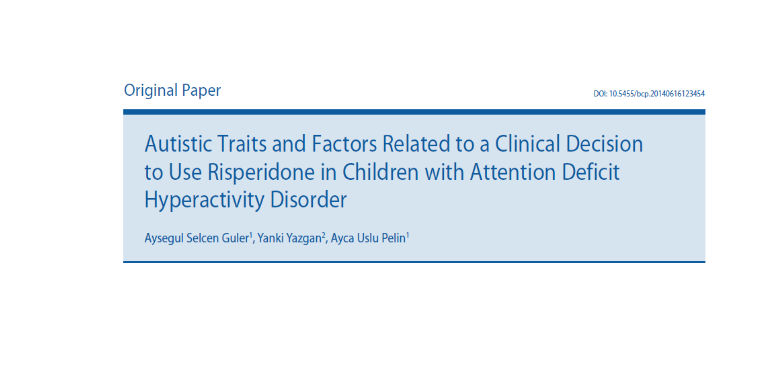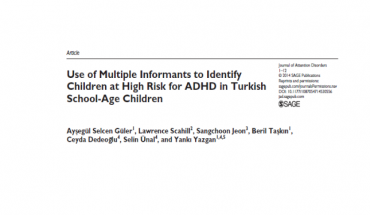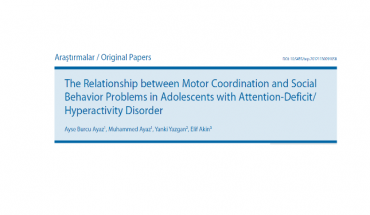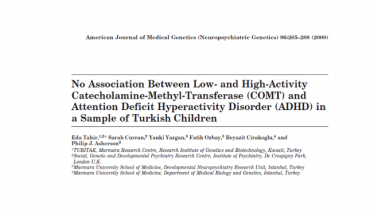Objective: Our aim was to investigate the factors associated with a clinical decision to use risperidone in children and adolescents with a primary diagnosis of Attention Deficit Hyperactivity Disorder (ADHD) and to investigate autistic traits (ATs) and their influence on treatment decisions in this population.
Methods: We retrospectively compared four treatment groups of children with a primary diagnosis of ADHD [no psychotropics group, NPG (n=73, mean age (in years)= 9.22±2.94); stimulant-only, S (n=184, mean age (in years)= 10.52±2.98); risperidone-only, R (n=51, mean age (in years)= 10.18±3.52); and stimulant plus risperidone, SR (n=30, mean age (in years)= 9.37±2.71] from a private child and adolescent psychiatry clinic. Baseline assessments, in addition to a semi-structured interview, included a sociodemographic information form, the parent-rated Child Behavior Checklist for ages 6 to 18 (CBCL-6-18) and the parent and teacher-rated SNAP-IV scale (Swanson, Nolan and Pelham).
Results: There were significant between-group differences on CBCL T scores for total problems, externalizing problems, social problems, thought problems, attention problems, and aggression (all p<0.05) and on the parent SNAP inattention and combined scores (one-way ANOVA). The SR group had significantly higher scores (i) on the mentioned subscales of the CBCL when compared with the NPG and S groups, (ii) on the CBCL social problems subscale when compared with the R group, (iii) on the parent SNAP inattention scale when compared with the NPG and R groups and (iv) on the parent-rated SNAP total score when compared with the other 3 groups (Tukey post hoc test). Sixty-four children above the CBCL-AT cutoff had higher scores than those of children below the cutoff on parent and teacher-rated individual ADHD symptoms. In the logistic regression analysis, the clinician’s decision to use risperidone (either alone or in combination with stimulants) was significantly related to higher scores on the CBCL social problems (p=0.025) and thought problems (p=0.039) subscales. The presence of AT as a category, however, did not predict treatment assignment.
Conclusion: In this clinical sample, parent-rated social problems and thought problems were associated with the clinician’s decision to use risperidone in the treatment of ADHD cases (alone or in combination with stimulants). ADHD children with AT had more severe symptoms of ADHD and displayed more learning disability. However, AT profile as a category was not significantly associated with the use of risperidone. The better characterization of non-ADHD symptoms of ADHD children (social and emotional symptoms) may help to develop more individualized clinical interventions, such as nonpharmacological interventions for social development, which may result in a reduction in the use of medications targeting these symptoms in this group of children.
Bulletin of Clinical Psychopharmacology 2014;24(4):333-41
Keywords: Attention deficit hyperactivity disorder, risperidone, autistic traits, children




